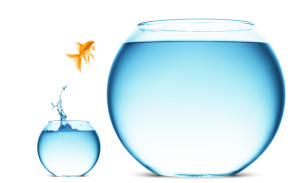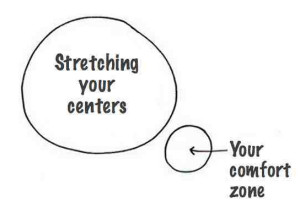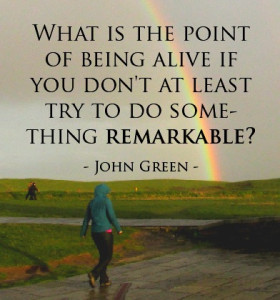Charles Darwin was one of the first scientists to write about animals having emotions. He is considered the foremost revolutionary scientist and is revered by fellow scientists (like me). He believed animals felt emotions and that our human emotions evolved from them. Darwin wrote a book about this in 1872 called, The Expression of the Emotions in Man and Animals.
Long before the brilliant Darwin, the Book of Job (considered the oldest book in the Bible) expounded on animal’s beauty and intelligence, their ways, and what we humans can learn from them. I believe these photos reveal different emotions in animals… photos don’t lie.
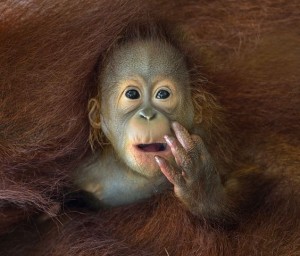 A wide-eyed baby Orangutan takes in the new world around him from the safety of mom’s embrace (Chin Boon Leng, 2014 Sony World Photography Awards).
A wide-eyed baby Orangutan takes in the new world around him from the safety of mom’s embrace (Chin Boon Leng, 2014 Sony World Photography Awards).
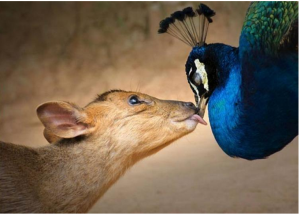 Dainan Zhou, China, Entry, Open Competition, 2015 Sony World Photography Awards.
Dainan Zhou, China, Entry, Open Competition, 2015 Sony World Photography Awards.
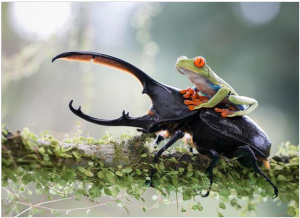 The knight and his steed, a tropical capture in Costa Rica. Nicolas Reusens, 2014 Sony World Photography Awards.
The knight and his steed, a tropical capture in Costa Rica. Nicolas Reusens, 2014 Sony World Photography Awards.
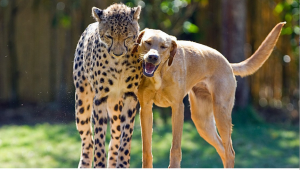 Yes, these two truly are BFF’s. See a PBS video about their friendship here.
Yes, these two truly are BFF’s. See a PBS video about their friendship here.
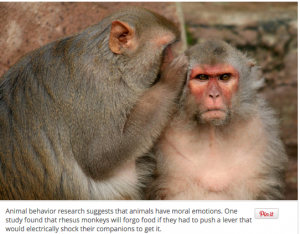
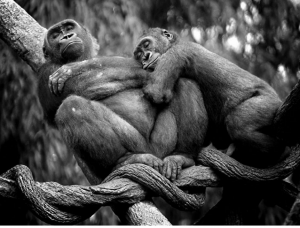 This photo of two lowland gorillas was taken at the Bronx Zoo in New York City. This is part of a series of photos called Bronx Zoo Diaries.
This photo of two lowland gorillas was taken at the Bronx Zoo in New York City. This is part of a series of photos called Bronx Zoo Diaries.
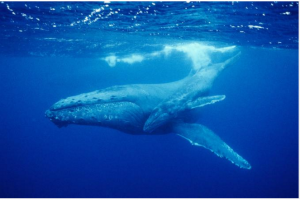 National Geographic photo of a mother humpback whale and baby dive in Pacific waters off Maui. There is a documented account of a humpback sweeping a seal on its back, away from attacking killer whales.
National Geographic photo of a mother humpback whale and baby dive in Pacific waters off Maui. There is a documented account of a humpback sweeping a seal on its back, away from attacking killer whales.
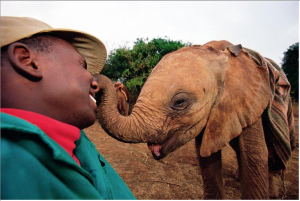 Keeper Julius Latoya shares a tender moment with Kinna, a young orphaned African Elephant at the David Sheldrick Wildlife Trust in Tsavo East National Park, Kenya. GERRY ELLIS, MINDEN PICTURES.
Keeper Julius Latoya shares a tender moment with Kinna, a young orphaned African Elephant at the David Sheldrick Wildlife Trust in Tsavo East National Park, Kenya. GERRY ELLIS, MINDEN PICTURES.
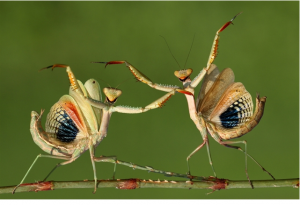 Zeybeks by Hasan Baglar: Zeybek is a Turkish traditional folk dance … “It’s a normal behavior of praying mantis, they are doing defense and both of them doing the same dance…”
Zeybeks by Hasan Baglar: Zeybek is a Turkish traditional folk dance … “It’s a normal behavior of praying mantis, they are doing defense and both of them doing the same dance…”
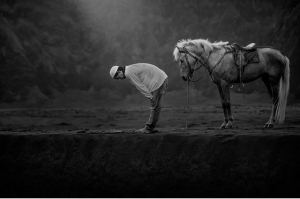 Sony-world-photography-awards-2015-shortlist
Sony-world-photography-awards-2015-shortlist
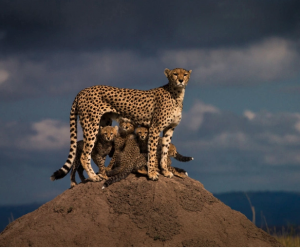
Mohammed Yousef, Kuwait, Shortlist, Professional Environment, 2016 Sony World Photography Awards). Her name is Malaika.
Dogs can read human emotions . So, it appears, can horses. Whales have regional accents (patterns of communication between whales vary depending on what region they inhabit– just like us– with accents). Ravens show how they likely guess at the thoughts of other ravens. All of these findings have been published within the past several months.
New studies like these, along with many recent books by respected biologists and science writers, are seriously considering the inner lives of animals. Now some prominent scientists are arguing that decades of “knee-jerk avoidance of all things anthropomorphic” detrimentally served to hold this field back. “It ruined the field,” says biologist and author Carl Safina. “Not just held it back — it’s ruined the field. It prevented people from even asking those questions for about 40 years.”
But… Charles Darwin knew about “animal feelings” all along and wrote about it in 1872! Job wrote about it in the 6th century BCE. What do you think creatives, do animals have feelings?
Thank you for reading my post. You can read more about the brilliantly creative Charles Darwin in my new book. He is one of many diverse exemplars I’ve highlighted illustrating a certain pattern of creativity. My core message is that everyone is creative, all people of all ages and walks of life. I invite all to become the best version of themselves and find true meaning by pursing long term creative quests.


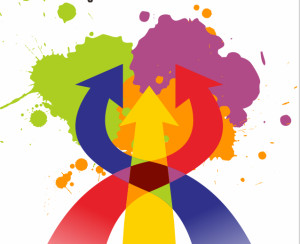
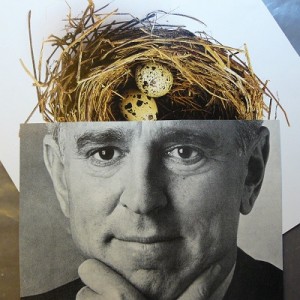 Some personalities are drawn to creativity like a moth is drawn to a hot light bulb. You’d rather burn up in the beauty of your creativity—as compulsively as the moth—than live a long life. You are at one end of the spectrum. Another may believe they don’t have a creative cell in their body, but wish they had some passion for something—like that moth. Where are you on this spectrum?
Some personalities are drawn to creativity like a moth is drawn to a hot light bulb. You’d rather burn up in the beauty of your creativity—as compulsively as the moth—than live a long life. You are at one end of the spectrum. Another may believe they don’t have a creative cell in their body, but wish they had some passion for something—like that moth. Where are you on this spectrum?
 The intersection(s) of our three centers of intelligence are sources of creativity. The goal is for one center not to suffocate the other two centers, but instead to unite by creating intersections. When one allows the cross-pollination of intelligence centers, the synergy creates something entirely new. This point of union yields untapped potential. Like the shamrock, it blossoms. The fruit of its existence emerges as a new yellow arrival—a happy flower shining brightly in the sun… anywhere, anytime!
The intersection(s) of our three centers of intelligence are sources of creativity. The goal is for one center not to suffocate the other two centers, but instead to unite by creating intersections. When one allows the cross-pollination of intelligence centers, the synergy creates something entirely new. This point of union yields untapped potential. Like the shamrock, it blossoms. The fruit of its existence emerges as a new yellow arrival—a happy flower shining brightly in the sun… anywhere, anytime!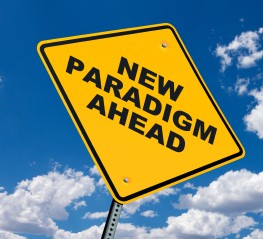 Here are three ground breaking stories highlighting women’s creativity in three different countries. One story is creativity in a business sense (China), another a political paradigm breaking case (Sweden), and a third story
Here are three ground breaking stories highlighting women’s creativity in three different countries. One story is creativity in a business sense (China), another a political paradigm breaking case (Sweden), and a third story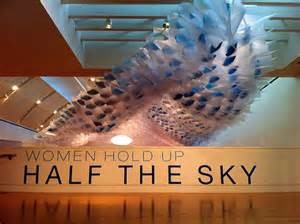 famously said “women hold up half the sky” (1952).
famously said “women hold up half the sky” (1952). An exemplar is Zhou Qunfei– The world’s richest self-made woman (Forbes). She is the founder of Lens Technology, which went public last year, and is worth $7.2 billion. Her two biggest customers are Apple and Samsung. Lens Technology is a leading supplier of the cover glass used in laptops, tablets and mobile devices. This is no easy manufacturing task, check out how thin 0.5 millimeters is on a ruler, and you’ll understand how hard it is to create something this thin.
An exemplar is Zhou Qunfei– The world’s richest self-made woman (Forbes). She is the founder of Lens Technology, which went public last year, and is worth $7.2 billion. Her two biggest customers are Apple and Samsung. Lens Technology is a leading supplier of the cover glass used in laptops, tablets and mobile devices. This is no easy manufacturing task, check out how thin 0.5 millimeters is on a ruler, and you’ll understand how hard it is to create something this thin.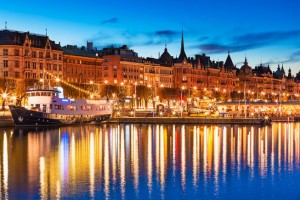 Sweden has the highest proportion of women parliamentarians in Europe
Sweden has the highest proportion of women parliamentarians in Europe  paradigm-breaking entrepreneur, Madame C.J. Walker (1867-1919). Far before she had the right to vote, she was inspired by a dream making her the FIRST American female self-made millionaire (and she was African American). She created a line of hair-care and skin products for black women. Walker was suffering from a scalp infection causing her to lose most of her hair in the 1890s. She began experimenting with patented medicines and hair-care products. Then she had an intuitive dream that solved her problems (gut center creativity). “He answered my prayer, for one night I had a dream, and in that dream a big, black man appeared to me and told me what to mix up in my hair. Some of the remedy was grown in Africa, but I sent for it, mixed it, put it on my scalp, and in a few weeks my hair was coming in faster than it had ever fallen out. I tried it on my friends; it helped them. I made up my mind to begin to sell it.” Madame Walker proves the old adage “go sleep on it”, when needing to solve a personal or work problem, is good creative advice.
paradigm-breaking entrepreneur, Madame C.J. Walker (1867-1919). Far before she had the right to vote, she was inspired by a dream making her the FIRST American female self-made millionaire (and she was African American). She created a line of hair-care and skin products for black women. Walker was suffering from a scalp infection causing her to lose most of her hair in the 1890s. She began experimenting with patented medicines and hair-care products. Then she had an intuitive dream that solved her problems (gut center creativity). “He answered my prayer, for one night I had a dream, and in that dream a big, black man appeared to me and told me what to mix up in my hair. Some of the remedy was grown in Africa, but I sent for it, mixed it, put it on my scalp, and in a few weeks my hair was coming in faster than it had ever fallen out. I tried it on my friends; it helped them. I made up my mind to begin to sell it.” Madame Walker proves the old adage “go sleep on it”, when needing to solve a personal or work problem, is good creative advice.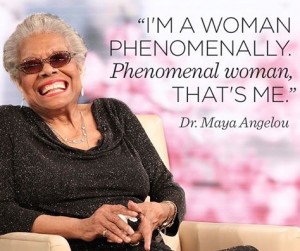
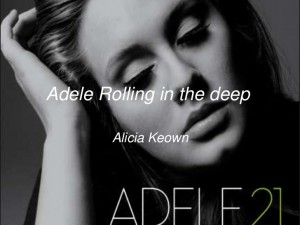
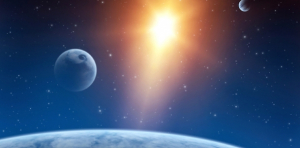
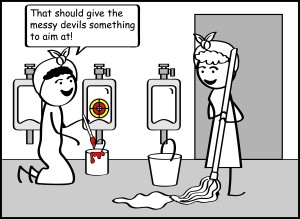 t takes intention and attention (and humor helps). I have spent many years in creative industries, creating something from nothing. My learning model is we have three distinct sources of creativity, our head, heart and gut intelligence centers. One of these centers of intelligence, whether it’s thinking, feeling, or doing, dominates our pattern of creativity. We begin by understanding what our distinct pattern of creativity is from our three intelligence centers. Then we begin to further develop our lesser-used center(s) in our creative process.
t takes intention and attention (and humor helps). I have spent many years in creative industries, creating something from nothing. My learning model is we have three distinct sources of creativity, our head, heart and gut intelligence centers. One of these centers of intelligence, whether it’s thinking, feeling, or doing, dominates our pattern of creativity. We begin by understanding what our distinct pattern of creativity is from our three intelligence centers. Then we begin to further develop our lesser-used center(s) in our creative process.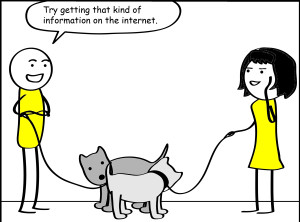
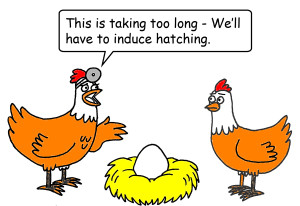 Thank you for reading my post. I am an organizational and business consultant living in the mountains of Santa Fe, New Mexico with my husband and dogs. My core message of everyone is creative resonates with people of all ages and walks of life. I invite all to become the best version of themselves and find true meaning by pursing long term creative quests.
Thank you for reading my post. I am an organizational and business consultant living in the mountains of Santa Fe, New Mexico with my husband and dogs. My core message of everyone is creative resonates with people of all ages and walks of life. I invite all to become the best version of themselves and find true meaning by pursing long term creative quests.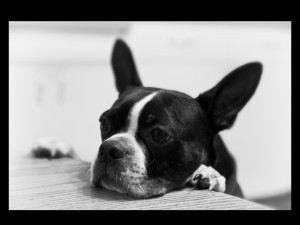 “Asking” comes from our head intelligence center and is cerebral and verbal; we ask for what we most need and want. Please, please, please I want to create something really beautiful!
“Asking” comes from our head intelligence center and is cerebral and verbal; we ask for what we most need and want. Please, please, please I want to create something really beautiful!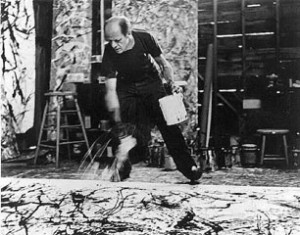 To “knock” involves our body/gut intelligence center. It requires physical movement, one where we take action. Asking and seeking are essential (head and heart centers), however they would be incomplete without knocking (gut/body center).
To “knock” involves our body/gut intelligence center. It requires physical movement, one where we take action. Asking and seeking are essential (head and heart centers), however they would be incomplete without knocking (gut/body center). 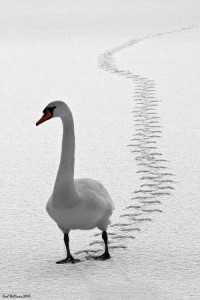
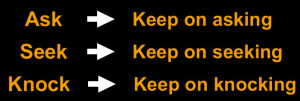
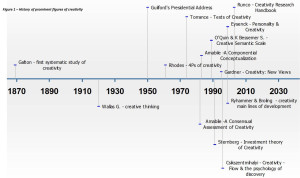 There is a long history of major contributors to the subject of creativity. Here is a condensed timeline from 1870 to present (provided by Johnson Wong of Singapore).
There is a long history of major contributors to the subject of creativity. Here is a condensed timeline from 1870 to present (provided by Johnson Wong of Singapore).